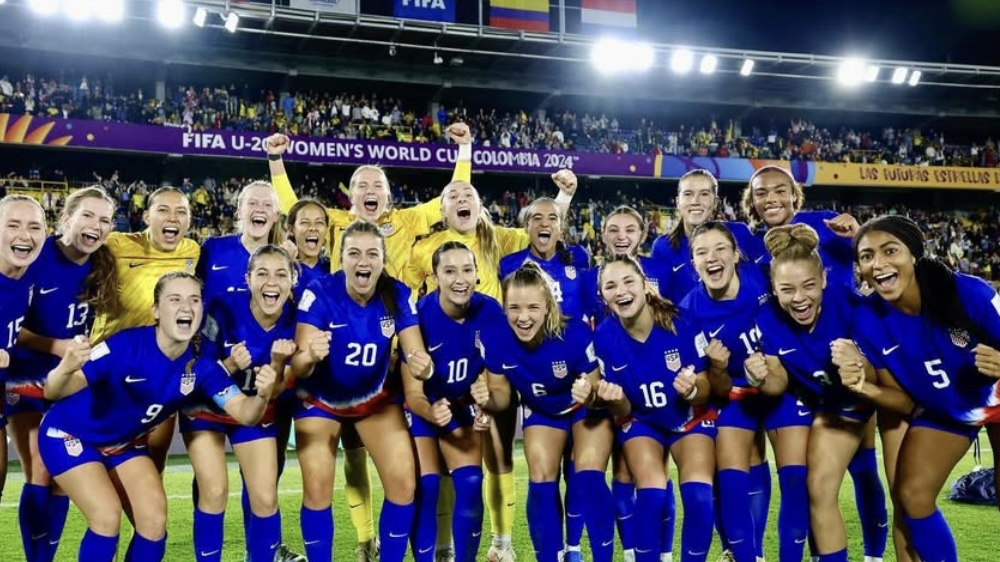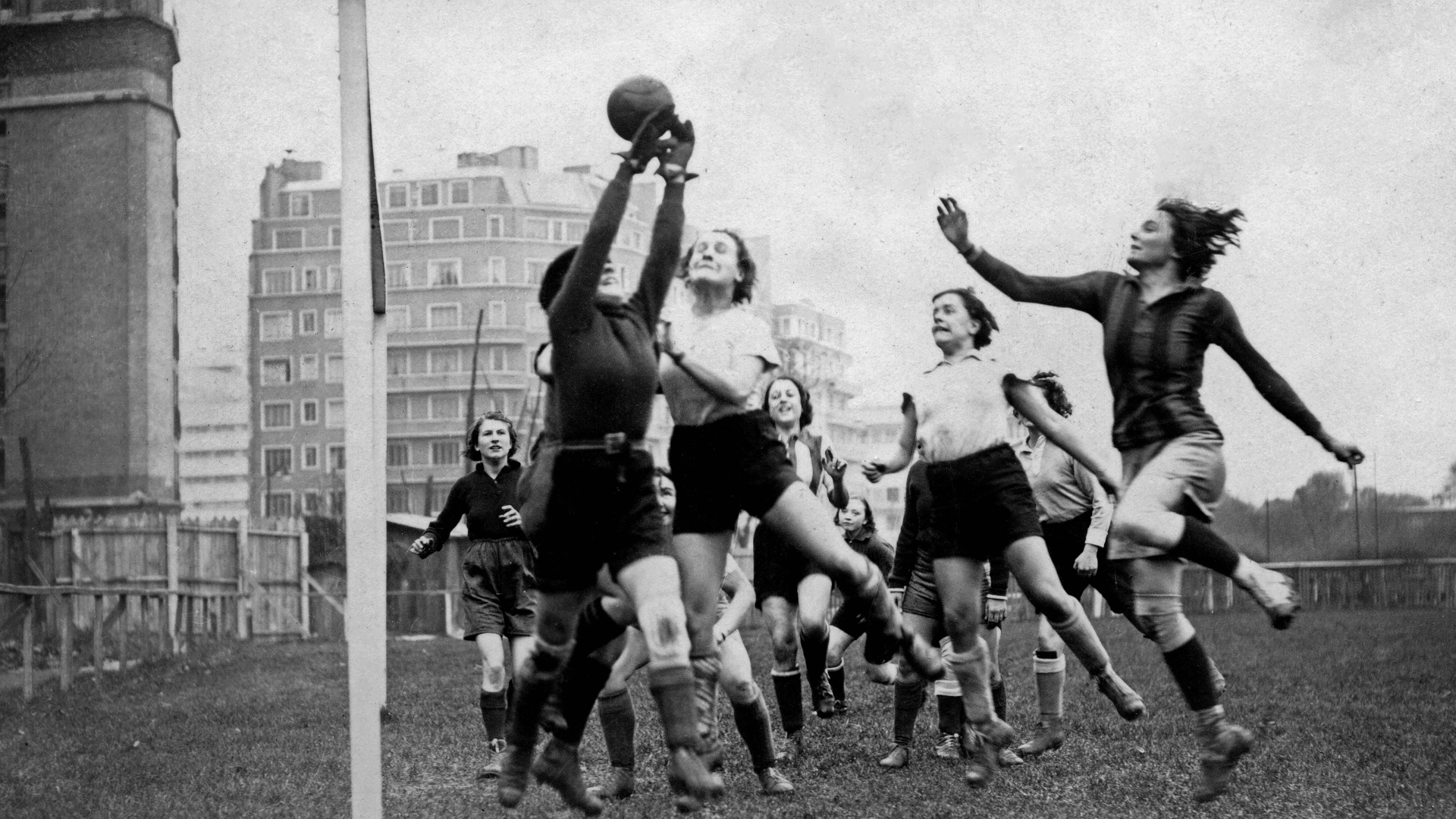The Story of the 1971 Women’s World Cup: The Unofficial Tournament That Was a Major Success
Every four years, the Women’s World Cup reintroduces women’s soccer to the daily news cycle. Soccer fans the world over get behind their women’s team while WoSo fans who stay with the sport year in and out finally get to see their favorite teams and players on the world’s biggest stage again.
Most would put the rise in interest in the Women’s World Cup to the legendary ‘99ers. Millions of people watched the final between the U.S. and China on TV, and more than 90,000 fans witnessed Brandi Chastain lift the team to victory in a moment that can truly only be defined as iconic.
However, 28 years before the 1999 Women’s World Cup, roughly 110,000 fans piled into Azteca stadium to watch Denmark and Mexico battle it out in the unofficial 1971 Women’s World Cup final. This is the story of that tournament.
How It Happened
In 1971, women’s soccer simply wasn’t on FIFA’s radar. In fact, countries that banned the sport were only just beginning to lift them in the 70s. The idea of a Women’s World Cup was outrageous at the time. So outrageous, FIFA forbade the Mexican Soccer Federation from being involved in the tournament. The Federation then said they would fine any stadiums or training facilities that hosted the event.
With this much opposition from official football governing bodies, how did the tournament come to be? The answer: an Italian drink business. The company had already put on a successful women’s tournament, essentially the first Women’s World Cup, the year before in Italy. The 1971 edition, though, really proved just how much potential there was for women’s soccer.
The tournament piggy-backed off the success of the 1970 Men’s World Cup in Mexico, hosting the event in the same location and marketing it similarly to the men’s tournament (though there was a key difference we’ll get to later). The Italian business, Martini & Rossi, and the tournament’s other major sponsors, successfully drummed up enough excitement to attract thousands upon thousands of fans to the games.
How They Got Fans into Stadiums
Though the sponsors fitting the bill undoubtedly exploited a viable market for women’s soccer, we’d be remiss to sing the event praises as a hallmark feminist achievement. At every turn, it was abundantly clear a primary strategy for getting fans in seats was marketing women to men. A tournament organizer even said to the New York Times at the time, “We’re really going to stress the feminine angle. It’s natural, the combination of the two passions of most men around the world: soccer and women.”
Marketing methods aside, there’s no denying the tournament made stars out of the women on the pitch. Almost immediately after touching down in Mexico, fans and media alike swarmed the England players. They were asked to go on TV and played in major stadiums in front of huge crowds. This type of attention just wasn’t the norm – and it still often isn’t.
What It Meant for the Women’s Game
The tournament was a far cry from the spectacles FIFA treats fans to today. Just six teams played in the 1971 tournament: Mexico, Denmark, England, Argentina, France, and Italy. Women’s soccer was in its infancy, but already teams and players were advocating for the game’s growth.
In 1971, Women’s soccer was essentially nonexistent around the world and even openly ridiculed in some places. But the Women’s World Cup was undoubtedly a success, and it wasn’t just the final that attracted a huge crowd. 90,000 fans attended one of the early games between England and Mexico.
But it is the final between Denmark and Mexico that we should remember and celebrate. 110,000 fans flocked to Azteca Stadium to watch Denmark claim the title from the home team. This should have been a turning point for women’s soccer. The game had never reached a higher high.
However, there was no sudden shift in the women’s soccer movement. FIFA still didn’t take the game seriously, and national federations followed their lead. The media fanfare in Mexico wasn’t lasting; journalists around the world continued to mock the women’s game whenever a mere whisper of its existence entered their radar.
Women’s soccer fell back into relative obscurity after the 1971 tournament. The first official FIFA Women’s World Cup didn’t happen until 20 years later. But by then, the Denmark victory in front of 110,000 fans was merely a fading memory.
Featured Image via BBC













